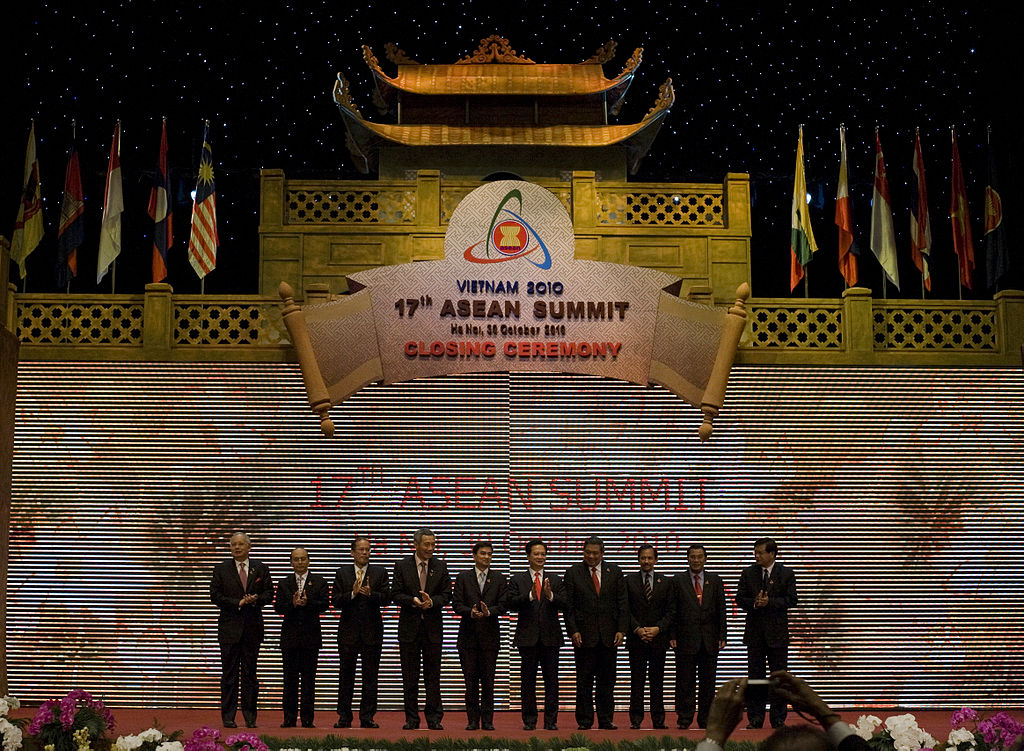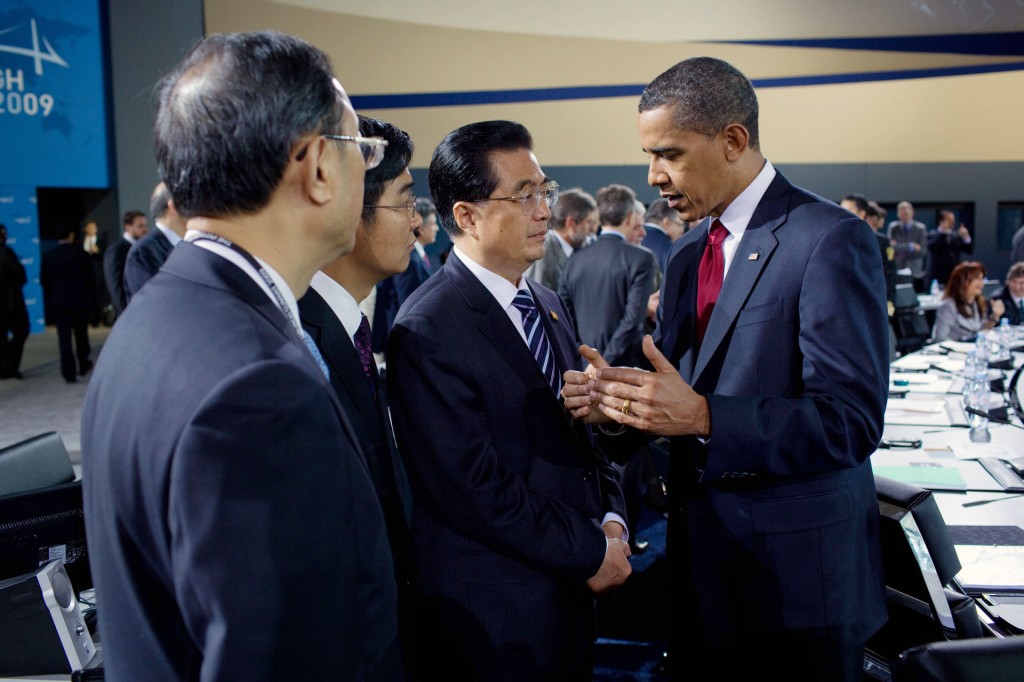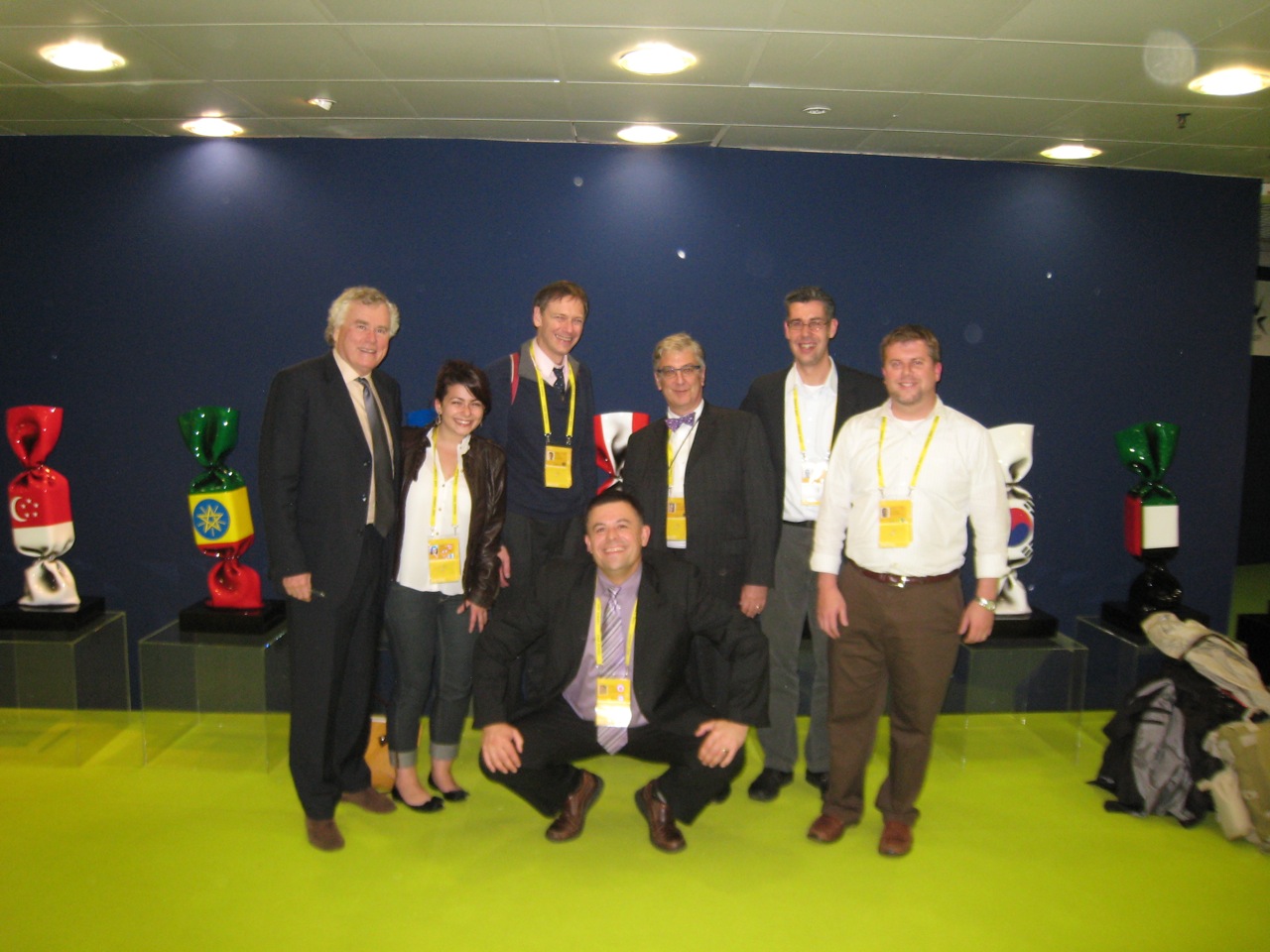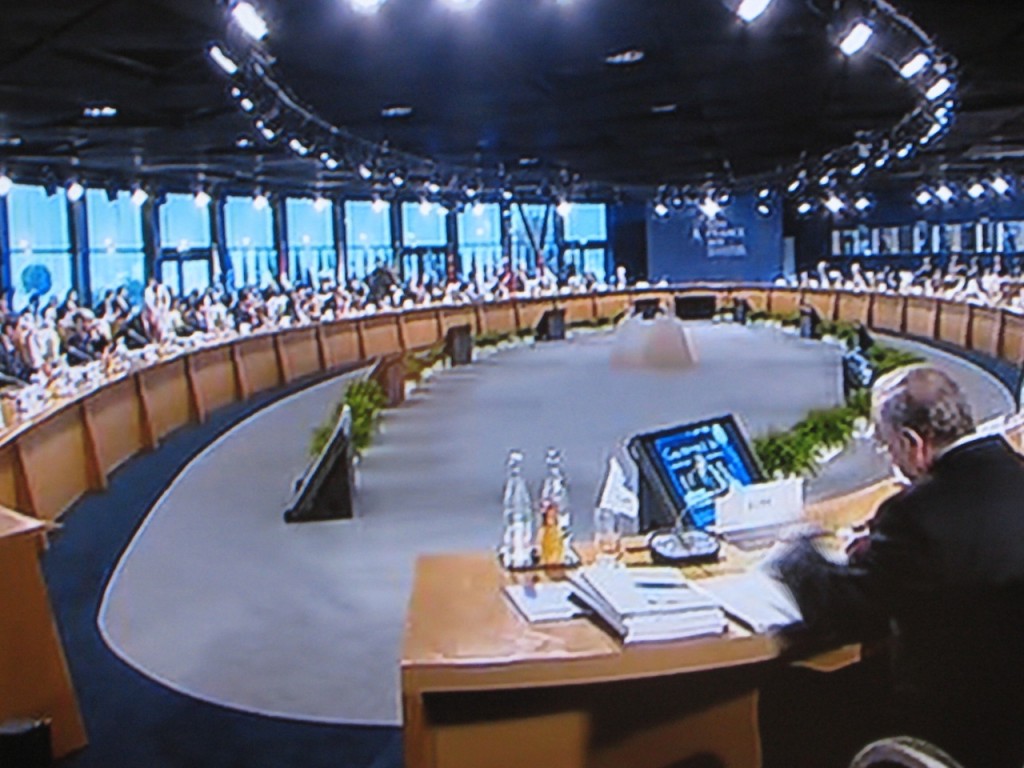
[Ed. Note: This is the third piece in a continuing effort to understand the US-China relationship and suggest means to avoid conflict in the power transition currently underway. In each blog post I have referenced Harvard colleagues or the Harvard conference setting of our recent conference: “Chinese Strategy and the US Response – How Far is Adjustment Possible” – so I suppose these posts can reflect – ‘Tales from Harvard’.]
I must be still recovering my sojourn down to Harvard. Images of ‘grand strategy’ are still dancing in my head. I found my self trying to untangle the recent actions of the US administration in Asia. What do these statements and actions from President Obama and Secretary of State Clinton – and even more recently Michèle Flournoy the Undersecretary of Defense visiting China for the 12th round of Defense Consultative Talks – about US foreign policy and what does it suggest about the tenor of the near future of the US-China relationship?
The Obama Administration apparently is determined to pivot its foreign policy thinking, and presumably actions, in the Asia-Pacific region. Now whether these statements are the prelude to tangible actions and reconfiguring of US foreign policy is not yet clear but the intent is clearly there – to make Asia the heart of US foreign policy again.
It was almost impossible for a foreign policy expert to ignore the coordinated “full court press” of the US Administration- and President Obama in particular, and the push back in Asia on display at: APEC, the Australian state visit and then finally at the Bali East Asian Summit (EAS).
As an expert among experts Fareed Zakaria examined the recent US moves in the Asia Pacific in his Times column saying:
At the Asia-Pacific Economic Cooperation (APEC) summit on Nov. 12-13, many leaders echoed Singapore’s Prime Minister when he said the U.S. was welcome in the region and that its presence would “do good.” The U.S. announced on Nov. 16th that it would for the first time establish a formal military presence in Australia—a base in all but name.
The Obama Administration is now quietly re-engaging in Asia, reversing the troop cutbacks of the Bush Administration, which was more focused on Iraq and the Middle East. Asian diplomats had often complained that U.S. participation at regional summits was too low-level. Obama’s attendance at the APEC summit marks a shift in that approach.
So how are we to interpret this re engagement? What does it suggest about Obama foreign policy? Minxin Pei a long term observer – and yes critic – of China suggested the following in a post at The Diplomat:
However, equating recent moves by Washington, consequential as they are, as decisive steps toward “containing” China would be exaggerating their importance, reading too much animosity into US intentions, and ignoring the Obama administration’s careful balancing act. (Chinese leaders should note that Barack Obama reiterated, at the East Asia Summit, the US policy of engagement with China.) … So, as China’s ascendance and America’s relative decline continue, these two great powers, though economically interdependent, will continue to compete for geopolitical influence. Managing this competition, rather than denying it, is the most challenging task for both Washington and Beijing in the coming decade.
While many Realists and the ‘China Threat’ crew in Washington and in Asia applauded Obama actions and the push back they implied concluding in many instances that such behavior was required to construct an active containment of China – I believe – or at least hope – seconded it appears by Minxin Pei – that this policy is in reality more ‘Bismarck and less Kaiser Wilhelm’.
Now what do I mean by this all too esoteric reference to 19th century international diplomacy? First our Harvard colleagues have analogized the contemporary US-China relationship to the competitive sharp relationship between Great Britain and Imperial Germany in the 1907 to 1914 period. In particular a number of historians suggested parallels between the bilateral relations of the two sets of great powers. Several experts raised the views of Eyre Crowe, a British official of the time. As our rapporteurs report described this description:
In light of his concerns about German threat to Europe’s balance of power and Britain’s imperial dominance, Crowe made several recommendations, which might with some context, apply aptly to American considerations in the face of rising China. Crowe rejected appeasement as a strategy for Britain in its dealings with Germany. He instead recommended that Britain build two ships for every Germany ship, and respond sternly to any transgression of British national interests, which he suggested might forestall German ambitions before they grew out of hand.
Thus the British strategy should be, according to Crowe, to meet Germany at every aggressive point offered by the Kaiser and his officials. Though the Kaiser’s control slowly slipped to his military officials it remained forward and aggressive. In turn it was to be met, and in many respects was met with British opposition. Neither I nor my colleagues wanted to carry the analogy too far, but still there was great attention to appropriate air and naval strategy – and much discussion of the newly unveiled Air Sea Battle doctrine.
So then what about this ‘Bismarck-Wilhelm’ reference. Well there is no question that Bismarck in his early years was more than willing to apply force waging battles with many of his neighbors as he restructured Europe and creating Imperial Germany. But thereafter Bismarck was more than cautious. Diplomacy gained a place of prominence and the military waging of war in Europe’s heart faded. He accomplished what seemed impossible – allying of Germany with Russia and its great power rival Austro-Hungary – and even toyed with France. As I suggested in an April Blog post ” Not Required to Choose” – A Strategy for US-China Relations,”
The genius of Bismarck was to hold opposites together. I am not thinking here of his revolutionary early career, forging a Germany – beating both Austria and France in quick but decisive conflicts – but in his diplomatic legerdemain in generating alliances with Germany at the center and antagonists especially Austria-Hungary and Russia circling around this new and newly created European “heavy weight”. As Kissinger characterized Bismarck’s diplomatic efforts:
He sought to counter it [hostile coalitions] by involving Germany in a dizzying series of partly overlapping, partly conflicting alliances with the aim of giving the other great powers – except the irreconcilable France – a greater interest to work with Germany than to coalesce against it.
This was diplomacy at its best – and holding little similarity with the Germany of the early 20th century. Does it reflect an Obama-Clinton strategy? Well the Chinese certainly don’t think so – or at rhetorically suggest. The Chinese Defense Ministry suggested that the actions by the President and Secretary of State Clinton were denounced as a a product of “Cold War thinking.” And there is a strong streak in Chinese foreign policy thinking that argues that US policy is designed to contain and hem in China.
If the Administration isn’t intent on containment, the what is this Asian pivot all about. On that I shall look to my colleagues who applaud an Administration now that it has adopted apparently a policy of “offshore balancing”.







